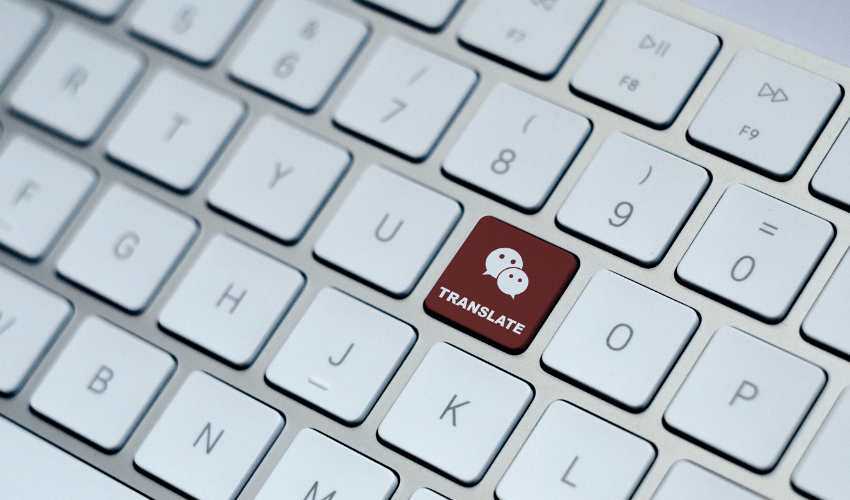Day by day, the world is getting smaller, and language barriers are becoming more evident with this globalization process. Both written and spoken communication are essential to not being left behind during this fast-paced transition. To overcome these language barriers, translation services lie at the heart of globalization. Businesses need translation services to participate in global competition; individuals need it for communication and paperwork. For potential customers, document translation is a frequently requested service.
Document translation is the rendering of written words from a source language into the target language. Many documents, such as brochures, legal forms, notices, and medical reports, are required by law to be translated by a certified translator. However, a translator’s job is more than just rendering words. Different types of documents have a particular style, tone, and register. Therefore, the translator should master the document type before starting to translate. Time constraints are often a challenge for the translator as people outside the translation industry have difficulty understanding the entire process and how involved it is.
Here are the steps a translator is most likely to follow in document translation services:
- Familiarization with the Document: All translators have expertise in different subjects, and thus, they prepare for the task beforehand. It is essential to have a general understanding of the document before translating, regardless of its type. For this reason, the initial read-through is extremely important. No translator would accept a job before reading it.
- Preparation: Once the translator has a general grasp of the content, the preparation phase begins. In this phase, research is essential. The translator may find parallel texts both in the source and target language. The aim is to become familiar with the document’s register and tone and find the correct terminology in the target language. Sometimes clients may provide specific terminology, which both expedites and simplifies the process.
- Getting to Know the Target Audience: Technical fields such as legal document translation or medical document translation services require a formal tone; however, apart from official documents, knowing the target audience plays a vital role in document translation. For instance, it is crucial to localize certain elements such as time and date when translating a brochure. Correctly addressing the target audience is an indispensable part of all translation services.
- Translation: Finally, the translator has mastered the document, and now, it is time to translate! However, even with the help of machine translation or computer-assisted translation tools, ultimately, a translator is human and cannot translate hundreds of words in a day. Also, it should be emphasized that this is a team effort and translation is just one step. Post-editing by another translator is a must in order to provide accuracy.
Contrary to popular belief, document translation is not a process of rendering words from one language to another but mastering the type of communication required by the document. Yet, pre-editing and post-editing are also a must for an accurate translation. For the best results, be patient! Translation takes time, just like any other task.

